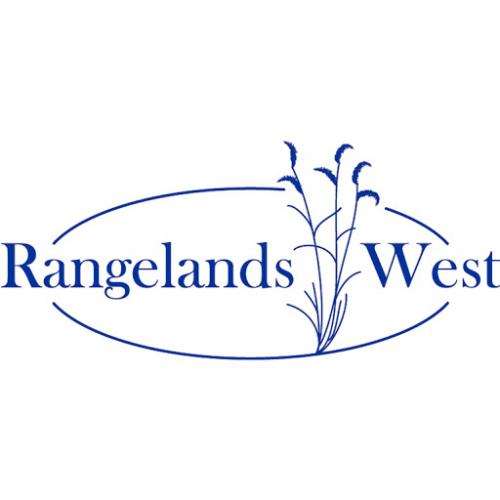Monitoring of rangelands has evolved from traditional focus on plant communities and their successional status, taken from a few selected subsamples, to much broader perspectives. Rangelands being complex biosocial systems, offer a near infinite array of possibilities for choice of variables and how and to collect and interpret the data.Past monitoring approaches have inadequately considered objectives, critical definitions, and appropriate sequencing of steps taken. While management objectives should ideally have primacy in choice of variables used in inventory and monitoring, there are some countervailing advantages in employing some commonalities in monitoring protocols among tracts of rangelands. Inventories should come before monitoring.Assessment should follow collection of an adequately long term series of data which is in the essence of monitoring. Trends involve judging whether the monitoring data show increases, decreases, or stable trajectories.Assessment involves an always at least partially subjective judgement of condition in relation to appropriate standards and objectives. We are no longer limited to just plant community data collected annually in a few conveniently and subjectively chosen quadrats. Geomatics (remote sensing, GIS, and GPS) opens the possibility of frequent, synoptic (everywhere instantaneously) landscape coverage via satellite imagery. Indisputable evidence of cause(s) requires concurrent data on these influences along with similar trends from similar circumstances (replications) and controls [reference areas lacking the putative cause(s)]. Three alternatives that could replace plant succession as the underlying, dominant theory of rangeland monitoring are: risk assessment, sustainability, and desertification. Risk assessment is well proven where biophysical indicators can be employed.Politically neutral incorporation of socioeconomic considerations have yet to be demonstrated, however. Sustainability is such a broad and diffuse concept that anyone can read into it whatever he or she wishes.Desertification is the preferred macroconcept to guide us into the future, because its use can more objectively encompass both biophysical and socioeconomic features at and scale in time and space.(source abstract).

Articles, citations, reports, websites, and multimedia resources focused on rangeland ecology, management, restoration, and other issues on American rangelands.